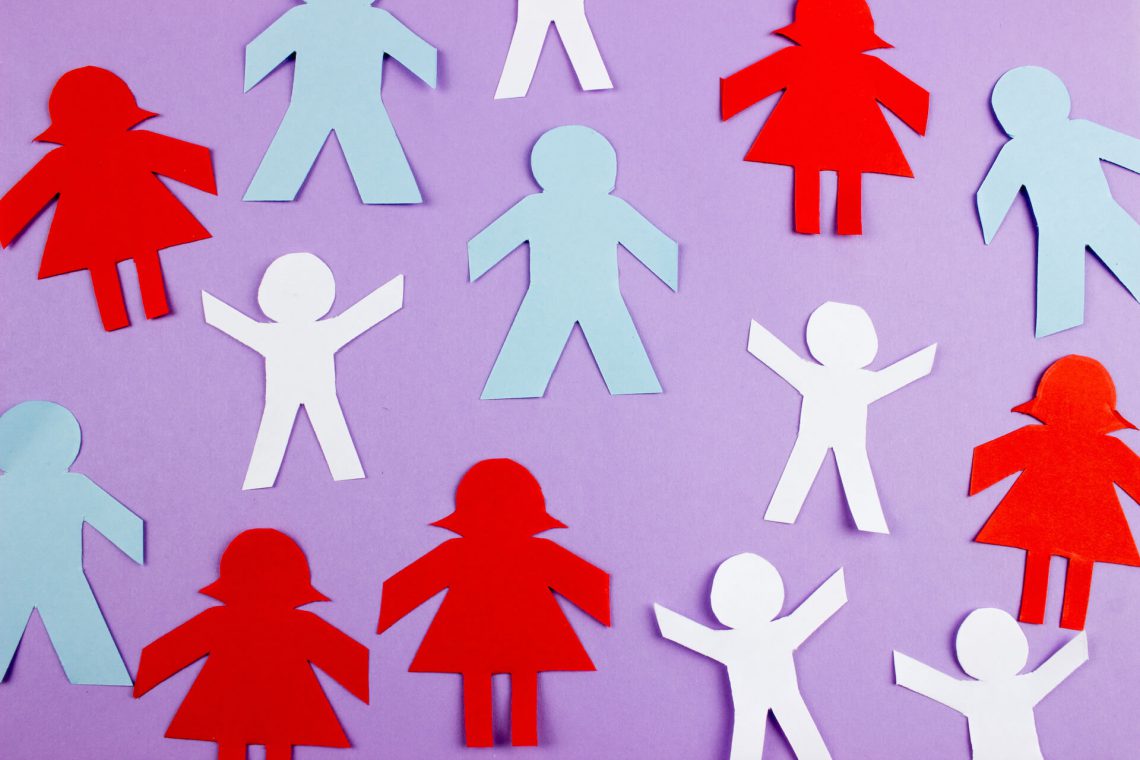Australian companies are responding to overwhelming evidence that gender diversity and inclusion are better for business, by designing programs to recruit more women. As a result, the female to male diversity pie chart has become an expected element in the recruitment and reporting process.
But gender diversity is more than a pie chart; a lag indicator of the female to male ratio at a defined moment in time. Research firm Gallup found this when they surveyed the financial performance of 800 US companies, which showed that gender-diverse business units were more engaged and performed better financially than less diverse business units.
However, employing more women doesn’t guarantee business success. In addition to increasing gender diversity, focus on other areas like inclusion, equity and equality within the workplace must be maintained. There is no point actively recruiting for diversity if the environment and internal structure to support workplace inclusion and a sense of belonging are missing. Inclusive environments shouldn’t only be about recruiting women — but also retaining them.
Often overlooked in the corporate push for gender diversity are the structural changes required to create an inclusive work environment. While the foundations for gender diversity and inclusion are built upon formal documentation and workplace policies such as flexible working practices, sponsorship, unconscious bias training, mentorship, and gender-blind recruitment, there is no playbook; we’re all in uncharted territory.
What does a supportive structure look like?
Gender equality is about equal representation within the pie chart, while gender equity is about acknowledging that the needs of men and women are different. However, women have not been afforded the same opportunities as men. The Workplace Gender Equality Agency1 estimates that Australian women earn on average 14.6% less than men.
It’s time to acknowledge that to achieve equality, we need to start talking about equity.
Equity is the most important word missing from the current conversation about diversity and inclusion. Businesses must acknowledge the need to increase their investment in programs that give women access to the same opportunities as men. Only when equity is achieved can the focus and investment in diversity and inclusion be normalised.
Recode founder Kara Swisher uses the term “mirror-tocracy” to describe the natural human behaviour that makes people want to work with, hire, promote and reward people who look and sound like them. Homogenous teams may be cohesive and rate highly on engagement, but they also run the risk of groupthink — that is, furiously agreeing on the same expensive mistake. Unconscious bias training and clearly defined values that are outcome rather than relationship oriented need to become the norm to ensure that talent recognition is free from implicit bias.
Rarely discussed is how diversity disrupts the status quo and the impact it has on managers. Managers need to be observant of and responsive to the natural agitation that occurs when homogenous teams become more diverse. Research2 from a Stanford University psychologist shows a sense of belonging can significantly help reduce stress levels, consequently improving physical health, emotional wellbeing and therefore overall performance. The ability to create a sense of belonging and psychological safety for all team members is not an innate skill; it needs to be developed and companies should be investing in this.
To be truly successful, diversity and inclusion needs to also be visible and pervasive throughout the organisation. It isn’t currently seen as a whole-of-business approach; rather an agenda driven by HR. While HR can indeed help start the conversation, gender diversity must be seen as a strategic business goal that will underpin a company’s ability to succeed. As workplace traits, diversity and inclusion need to be palpable.
A ‘set and forget’ mentality at the senior leadership level won’t deliver the desired results. Diversity and inclusion deserve to be treated as strategic business goals that receive sponsorship, investment, focus and metrics to ensure they permeate throughout the organisation. Only then will it set the collective values people should ascribe to at work, creating permission and rewarding progress.
Using the pie chart, a lag measure of diversity that only tracks metrics at a moment in time, is one-dimensional and constrains our thinking – and will not help us make better decisions. Businesses not only need a new set of comprehensive metrics that measure diversity and inclusion, they also need to start tracking trends through metrics including:
- percentage of women being promoted by level and function;
- percentage of women being selected to lead the high-profile projects that get them promotions;
- budget spent on conferences for female speakers and sponsorship of females by senior leaders;
- percentage of operational budget spent on diversity and inclusion programs;
- trust in leadership team;
- the development of an inclusive culture;
- trust in the organisation to handle complaints fairly;
- witnessed, experienced or overhead harassment; and
- feeling of belonging.
These are just some of the measures that will evaluate if the right environment has been created. While the numbers aren’t as critical as the focus, it’s important to track the trends across all levels of the organisation.
Only when we collectively take these first steps to rethink diversity as more than just a ‘pie chart’ will female executives become more prominent and visible in the workplace and the next generation of females be able to be what they can see.
This article first appeared in June/July 2018 edition of Business First Magazine.
References:
- National gender pay gap lowest in 20 years
- Diversity Efforts Fall Short Unless Employees Feel That They Belong
- Recode


